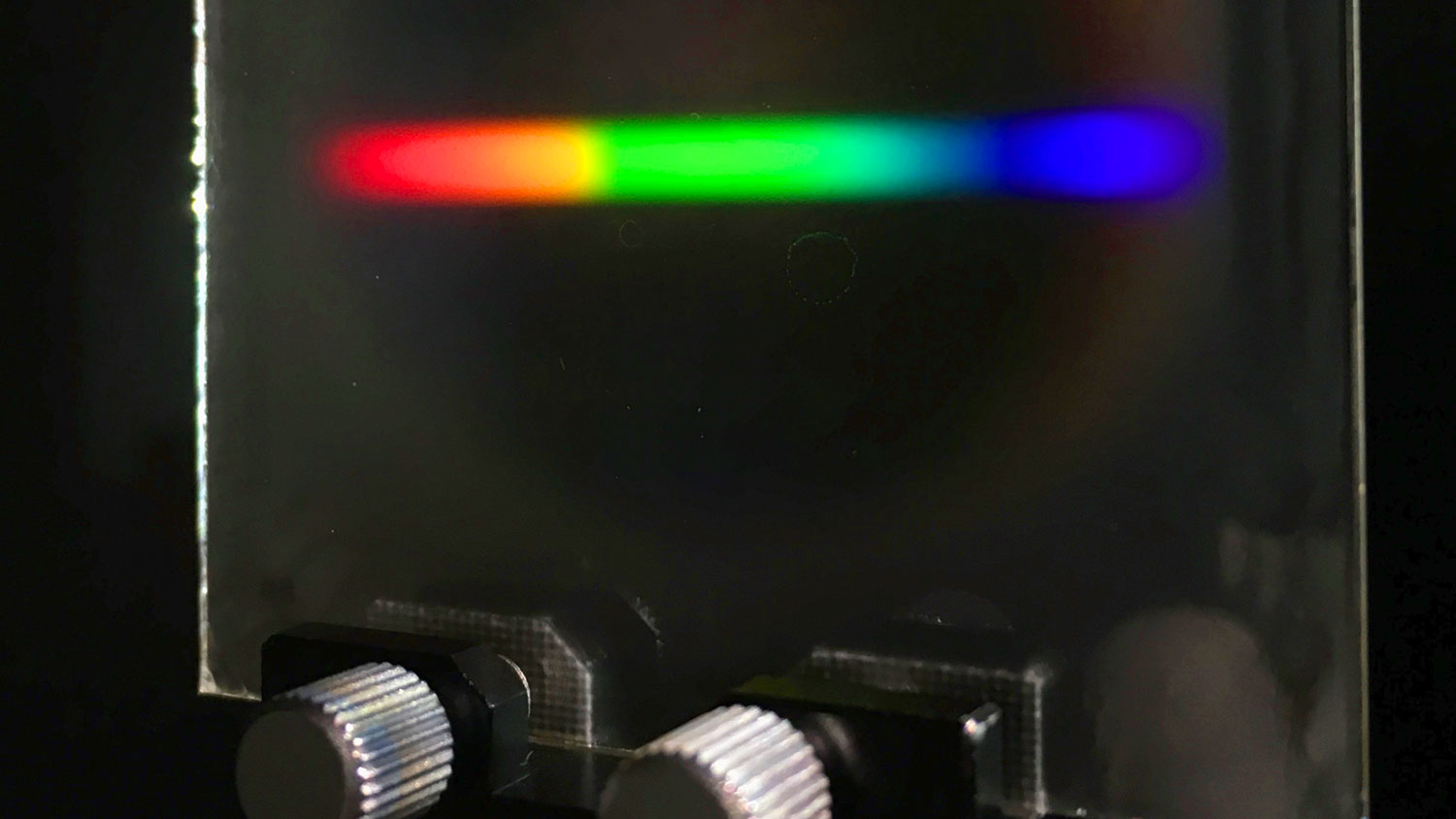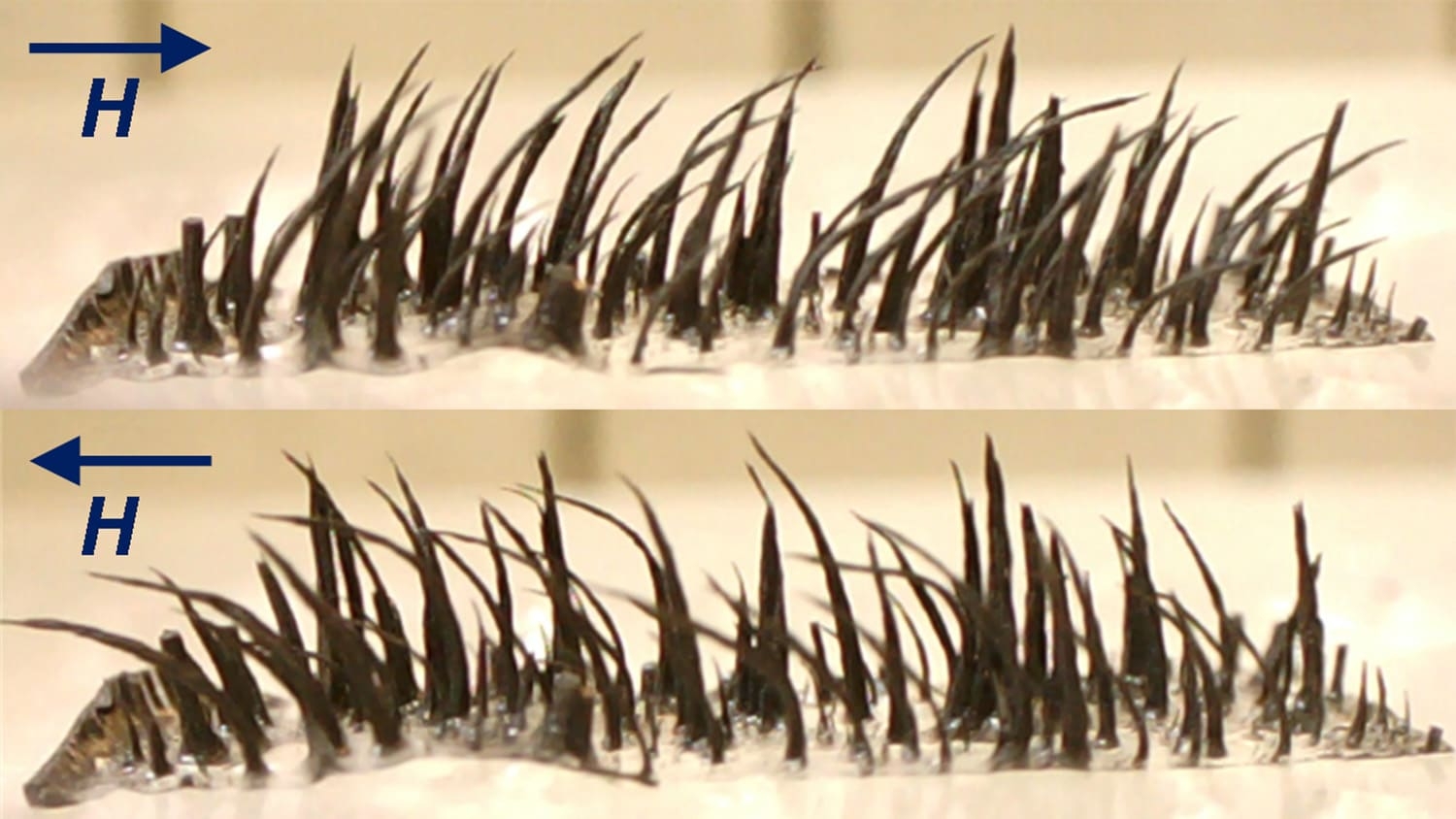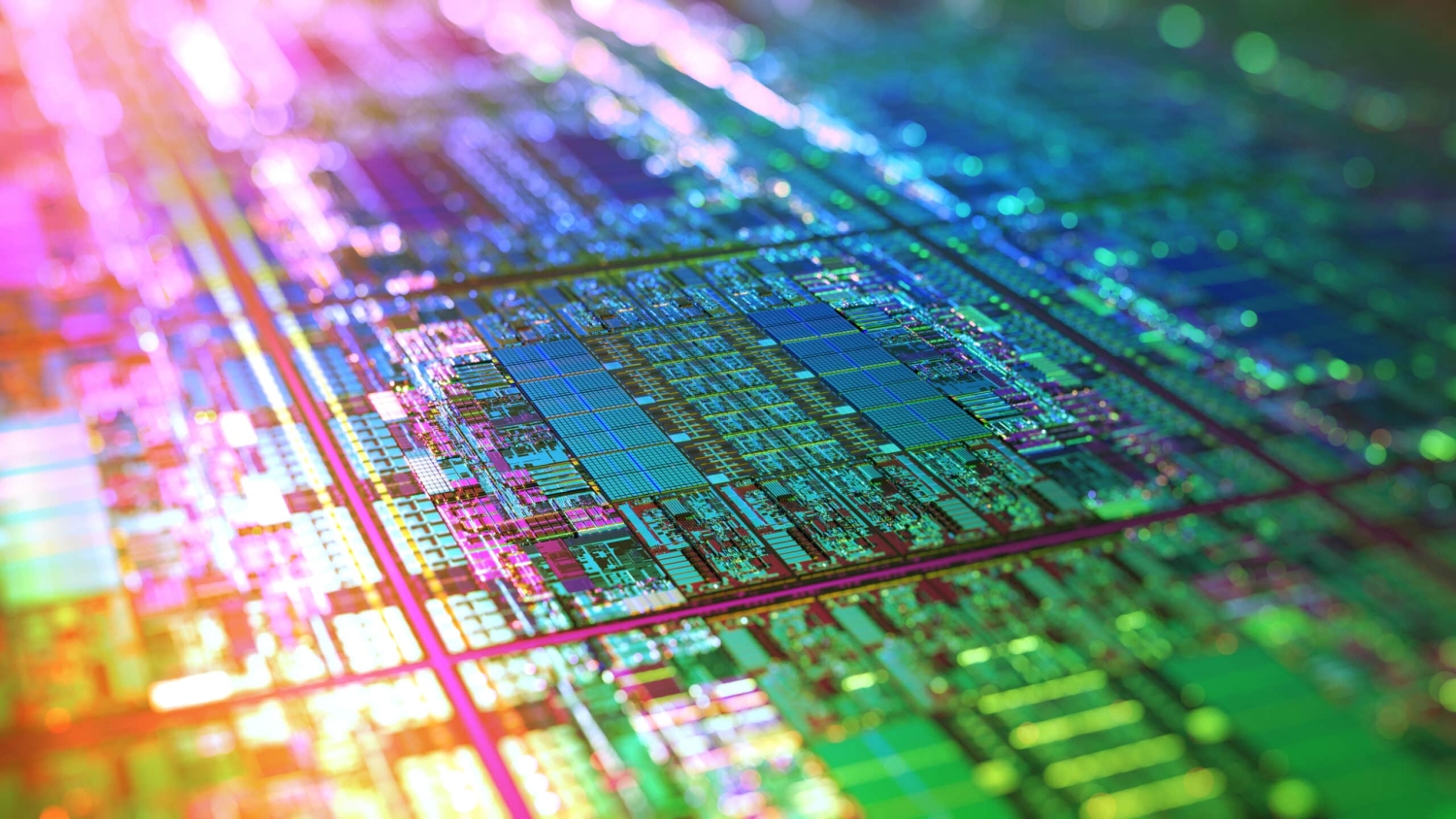Tech bends light more efficiently, offers wider angles for light input

Engineering and physics researchers at NC State have developed a new technology for steering light that allows for more light input and greater efficiency — a development that holds promise for creating more immersive augmented-reality display systems.
At issue are diffraction gratings, which are used to manipulate light in everything from electronic displays to fiber-optic communication technologies.
“Until now, state-of-the-art diffraction gratings configured to steer visible light to large angles have had an angular acceptance range, or bandwidth, of about 20 degrees, meaning that the light source has to be directed into the grating within an arc of 20 degrees,” says Dr. Michael Escuti, a professor in the Department of Electrical and Computer Engineering (ECE) and corresponding author of a paper on the work. “We’ve developed a new grating that expands that window to 40 degrees, allowing light to enter the grating from a wider range of input angles.
“The practical effect of this — in augmented-reality displays, for example — would be that users would have a greater field of view; the experience would be more immersive,” Escuti said.
The new grating is also significantly more efficient.
“In previous gratings in a comparable configuration, an average of 30 percent of the light input is being diffracted in the desired direction,” says Xiao Xiang, a Ph.D. student in Escuti’s lab and lead author of the paper. “Our new grating diffracts about 75 percent of the light in the desired direction.”
This advance could also make fiber-optic networks more energy efficient, the researchers say.
The new grating achieves the advance in angular bandwidth by integrating two layers, which are superimposed in a way that allows their optical responses to work together. One layer contains molecules that are arranged at a “slant” that allows it to capture 20 degrees of angular bandwidth. The second layer is arranged at a different slant, which captures an adjacent 20 degrees of angular bandwidth.
The paper was co-authored by Dr. Jihwan Kim, a research assistant professor in ECE.
Return to contents or download the Fall/Winter 2018 NC State Engineering magazine (PDF, 3MB).
- Categories:


